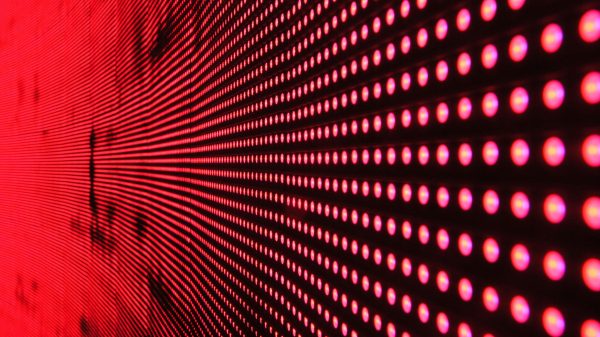According to a Satlink report on the impact of technology in the fishing industry, the use of IoT applications grew by 20% during 2019 and 2020. The Spanish company providing this data, which specialises in satellite telecommunications, has seen the rise ever since 2017, the year in which the so-called selective smart buoys began to be introduced in the long-distance tuna fishing fleets. The same company expects the increase to exceed 30% by 2021.
These smart buoys, one of the most outstanding examples of connectivity applied to the sea, provide ships with information on the location of schools of fish and allow them to know the approximate number of fish, the species and other relevant data.
Connectivity-based solutions
Satellite-connected devices offer a number of advantages. As the study highlights, through the digitalisation of operations, protected species are better cared for, as thanks to the information gathered by these tools, fishermen can avoid those species that should not be caught and focus on those they are allowed to fish. They also help to avoid catching juvenile fish, thus promoting sustainable fishing.
Technology applied to the sector also leads to better decision-making among fishermen, who can choose the most suitable fishing areas without causing problems with other vessels. At the same time, they are assured that they are complying with measures that limit their activity while gaining in precision and getting a higher return on their catches.
Another rapidly expanding application is electronic observation devices. The objective here is to monitor fleets and the activities they carry out. They help to replace the presence of observers on board vessels. These tasks are carried out remotely, which increases efficiency, reduces cost and improves technical conditions.
Improved communications in fishing industry
Connectivity improves communications. Conditions at sea can make it difficult for ships to maintain contact with land, and new technologies help to prevent accidents or provide an almost immediate response in the event of an emergency. In addition, seafarers have the possibility of staying in touch with their families, which improves their well-being away from home.
The use of satellites to ensure communications is essential, which requires suitable on-board equipment, although mobile phones can fulfil this role. In fact, Satlink’s report shows that ships operating in the Pacific consumed 10,900 GB of mobile data between December 2020 and February 2021.
Furthermore, land-based control and the sending of useful information is streamlined with these applications. For example, when it comes to anticipating adverse weather conditions, IoT technology is very useful. Ships can operate with greater caution and avoid serious problems.
IoT in fishing vessel construction
The digitisation of fisheries, aquaculture, marketing and processing plants has become so important that the Ministry of Agriculture, Fisheries and Food, or MAPA, has proposed a series of strategic actions included in the Recovery, Transformation and Resilience Plan (PRTR in its Spanish initials). The goal is to drive the transformation and modernisation of the sector and implement measures that ensure the sustainability and profitability of the sector, increasing energy efficiency and promoting the circular economy.
New technologies also have an impact on ship design and shipbuilding. In this case, its applications are aimed at optimising the operation of the ship throughout its lifetime. Different sensors are used to collect information from the ship and find out how it evolves over time. Moreover, if a problem arises, it can be solved in the shortest possible time. It is not only the ship operators who benefit from this, but also manufacturers. They receive feedback on the performance of their products, which facilitates continuous design improvement and fine-tuning. This allows them to create increasingly optimised versions and achieve significant savings in operating costs.
Monitoring all the processes carried out in the construction of a ship also helps to identify deviations, anticipate errors and improve decision making in real time. Of course, data can be shared between different areas of a company, which further increases the chances for improvement.
Ship production is normally distributed among several locations, and to ensure a coordinated and successful operation, the transmission of information is crucial, something that is done seamlessly thanks to this technology. In fact, rather than the Internet of Things, there is already talk of the Internet of Ships, a concept that would serve to more precisely define the use of this technology.
The fishing industry is finding all kinds of applications for this technology, the results of which will be passed on to consumers, with a lower cost of supplying of fish and lesser damage caused to the environment: applications that help optimise catches, reduce their impact on nature, improve working conditions for fishermen, and much more.










